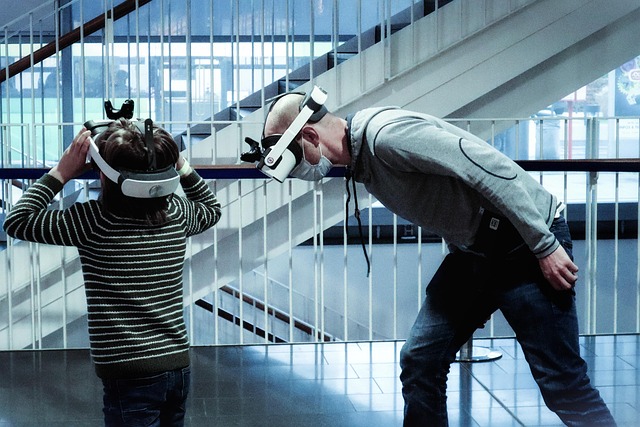Exploring the World of Virtual Terrain: The Top Software Solutions
In an era where the lines between reality and imagination blur, the concept of virtual terrain has carved out a unique niche for itself in the realm of software. For enthusiasts, developers, and even casual users, these innovative tools offer an immersive experience that transcends traditional boundaries. Whether you are creating landscapes for training simulations, video games, or detailed geographic explorations, the right software can elevate your projects into stunning realms of creativity.
What is Virtual Terrain?
Virtual terrain refers to digitally generated landscapes designed to simulate real-world environments or to create entirely imaginative settings. With advancements in technology, these terrains can mimic intricate details such as topography, vegetation, and climate, making them essential in fields like game design, architecture, and scientific visualization.
The Growing Importance of Virtual Terrain Software
With the rise of virtual reality and augmented reality applications, the demand for reliable virtual terrain software has surged. Developers need tools that not only facilitate the creation of convincing landscapes but also integrate seamlessly with other technologies. Let’s dive into some of the top software solutions that are transforming the way we interact with digital environments.
1. Unreal Engine
Unreal Engine remains a powerhouse in the world of virtual terrain creation. Known for its breathtaking graphics and versatility, it offers a suite of tools that allows developers to sculpt expansive landscapes with stunning realism. The engine’s Dynamic Terrain system enables real-time editing, allowing changes on the go—perfect for designers seeking instant feedback.
2. Unity
Unity is a staple for developers across various industries, and its virtual terrain capabilities are no exception. With built-in tools and a wealth of third-party assets, Unity provides users the flexibility to create terrains ranging from fantasy worlds to re-creations of real locations. The smooth integration of AR and VR features makes it a favorite among creators.
3. World Machine
For those focused on generating realistic terrains, World Machine is an industry favorite. This software specializes in creating detailed landscapes, employing procedural generation techniques to simulate nature’s complexity—from mountains to river valleys. The intuitive interface allows users to create dynamic terrains that can be exported to various game engines, making it a go-to for serious developers.
4. Terragen
Terragen excels in photorealistic landscape rendering, making it a top choice among artists and filmmakers. This software enables users to create natural environments featuring atmospheric effects, realistic water, and vegetation. With its ability to produce high-quality outputs, Terragen is often used in cinematic productions and for creating detailed virtual terrain visualizations.
5. Blender
A versatile tool, Blender can be harnessed for more than just animation and modeling. Its capabilities in sculpting terrains using a range of brushes and textures make it ideal for creators looking to push the boundaries of virtual terrain. The added advantage of being open-source means a vibrant community continually contributes to its growth, ensuring fresh features and tools are always at your fingertips.
6. Google Earth Pro
For those who seek to explore real-world terrains, Google Earth Pro is an invaluable resource. Though not as customizable for creative projects, it provides an expansive view of almost every corner of our planet. Users can delve into intricate geographical details, making it a fantastic tool for educational purposes and geographic studies.
7. Gaia
Gaia focuses specifically on terrain generation and management in Unity, streamlining the process of creating lush, detailed environments. With its user-friendly interface, the software allows users to generate terrains quickly, while still providing the tools necessary for detailed editing and sculpting. It’s a valuable asset for developers looking to bring their virtual worlds to life.
As we navigate through this exciting landscape of virtual terrain, these software solutions stand out not only for their capabilities but for the creative possibilities they unlock. Selecting the right tool depends on your specific needs, and with this expansion in software choices, the realms of imagination are more accessible than ever before.



